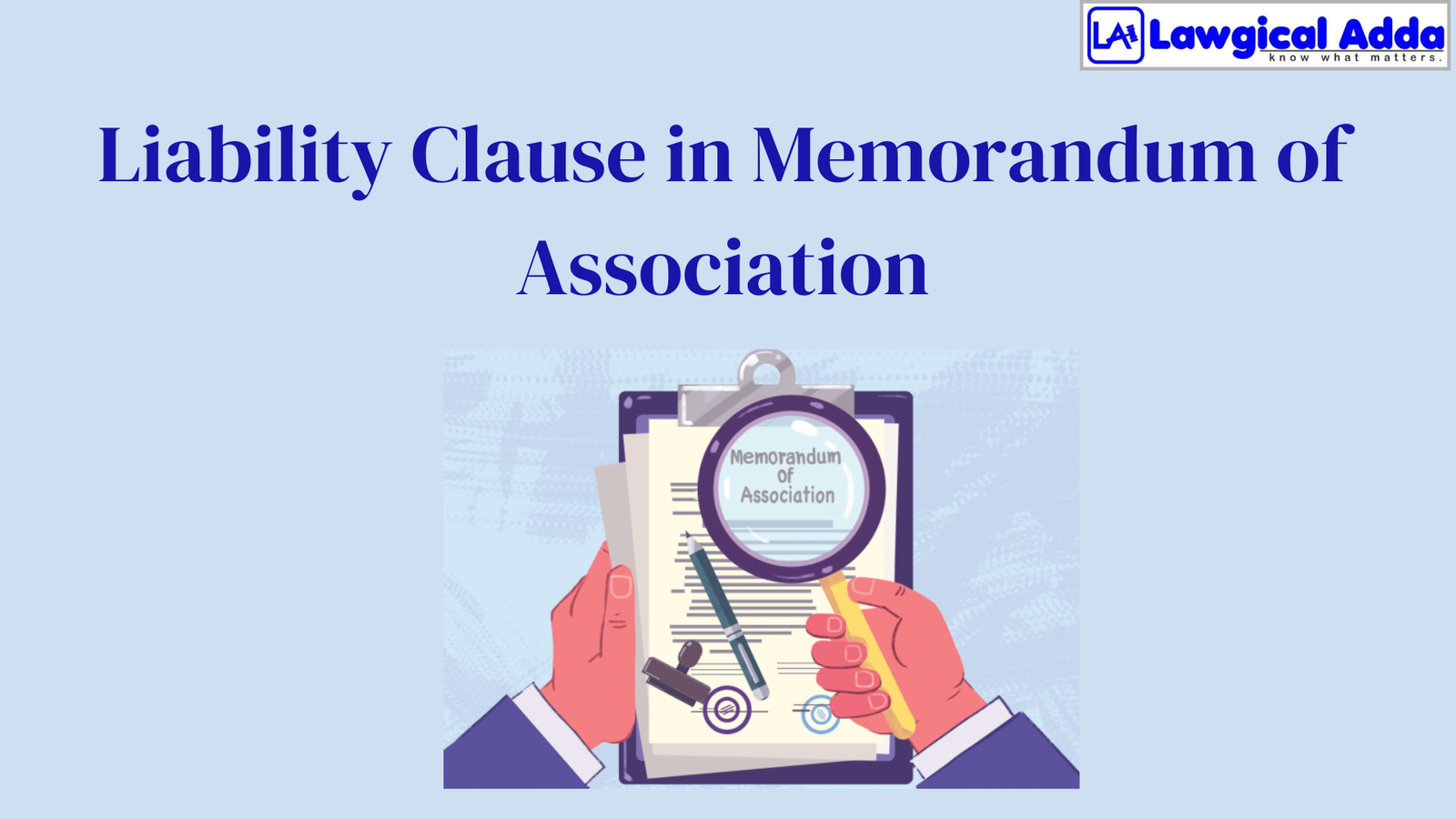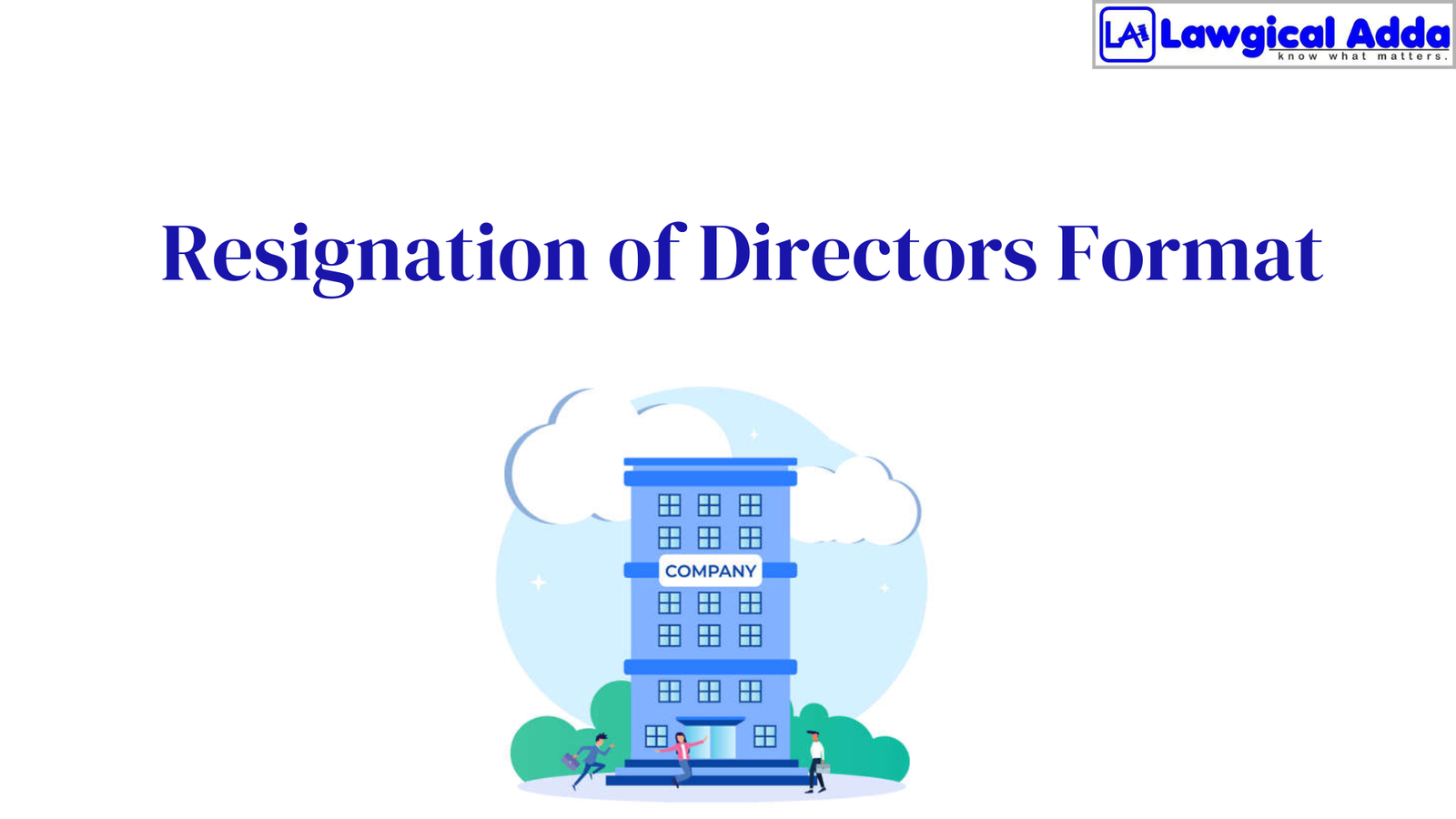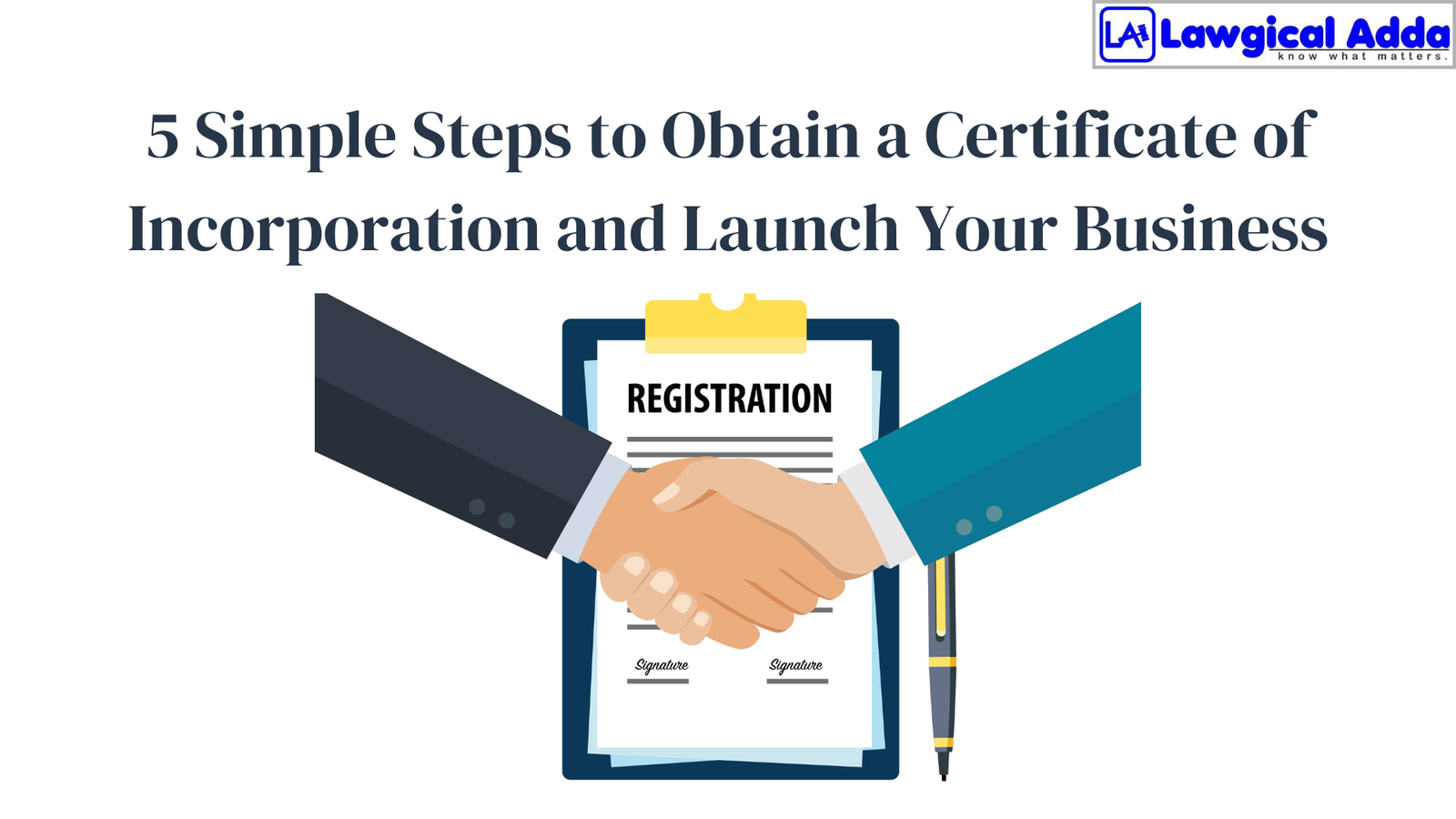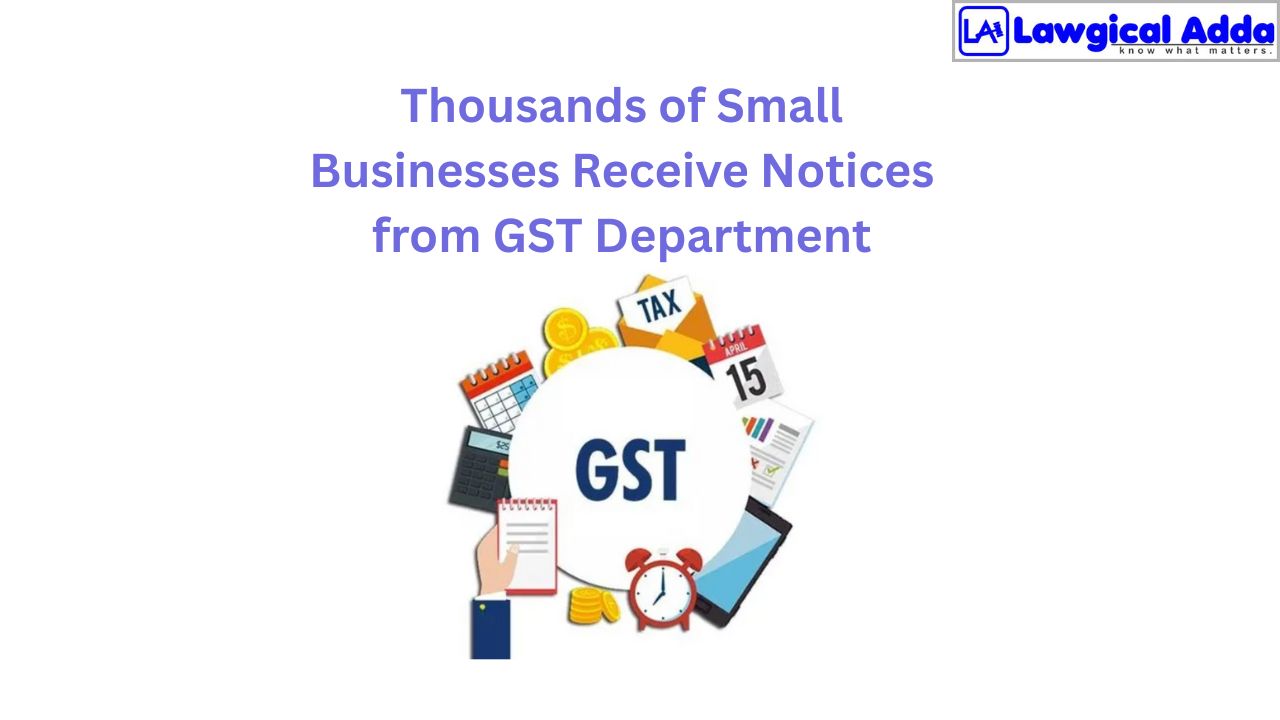Liability Clause in Memorandum of Association

Table of Contents
Introduction
The Memorandum of Association (MOA) is a crucial legal document that defines the foundational framework for a company’s operations in India. It outlines the company’s objectives, powers, and limitations, serving as a comprehensive guide for its activities.
Understanding the MOA is essential for entrepreneurs and business owners to ensure legal compliance and mitigate potential legal risks.
What is the Liability Clause of Memorandum of Association?
The liability clause is a mandatory element in every Memorandum of Association (MOA) and serves a critical role. It delineates the extent of liability that members may incur in relation to the company. The liability clause performs the following key functions:
Limited by Shares
This type of liability limits the financial responsibility of members to the value of the shares they have purchased and any unpaid amounts.
In the event that the company faces losses and is required to be wound up, members’ liabilities are confined to the nominal value of their shares.
Limited by Guarantee/Guarantee Companies
In this arrangement, each member agrees to contribute a predetermined amount in the event of the company’s dissolution. This guarantee is an assurance of a specified sum that members will pay if the company needs to be wound up.
Unlimited Liability
This type involves no limit on the amount members are liable to pay. In an unlimited company, members may be required to cover the company’s losses beyond their investment, potentially extending to their personal assets.
Understanding these types of liability is essential for members to gauge their financial exposure and obligations in different scenarios.
The Essential Role of Liability Clause in Memoranda of Association
- Risk Management: Clearly defined liability clauses help companies and their members manage financial risks associated with investment. By outlining the extent of liability, individuals can make more informed investment decisions and better assess potential risks.
- Investor Confidence: Limited liability structures are appealing to potential investors because they offer protection for personal assets. The liability clause is crucial in building trust and confidence among prospective investors and shareholders.
- Credibility: Companies with clearly defined limited liability structures are often perceived as more credible by creditors and business partners, thanks to their transparent handling of financial matters.
- Legal Clarity: Liability clauses provide essential clarity in case of disputes or legal issues, ensuring that both members and companies have a clear understanding of their rights and obligations. This clarity is vital for resolving conflicts effectively.
Procedure for Altering the Liability Clause in Memorandum of Association
Step 1 : Convene a Board of Directors Meeting [As per Section 173 & SS-1]
The Company must convene a Board of Directors meeting to pass a resolution to approve the proposed amendment to the Liability Clause of the Memorandum of Association (MOA), subject to Members’ approval in a General Meeting.
Additionally, the meeting should authorize the Company Secretary or a designated director to sign, certify, and file the necessary documents with the Registrar of Companies, and to undertake all required actions to implement the amendment.
For details on conducting the Board Meeting, refer to the Procedure for Conducting Board Meetings.
Step 2: Obtain Shareholders’ Approval [Section 96, 100 & SS-2]
The alteration of the liability clause requires the approval of shareholders, which can be obtained by passing a special resolution in a duly convened General Meeting or through a Postal Ballot resolution.
Refer to the Procedure for Conducting an Extraordinary General Meeting and the Procedure for Passing a Resolution by Postal Ballot for further guidance.
Step 3: File Form MGT-14 with the Registrar of Companies (ROC)
The Company must file Form MGT-14, containing the Special Resolution passed at the General Meeting, with the Registrar of Companies within 30 days of passing the resolution. This filing should include the required documents and fees.
Step 4: Notify the Stock Exchange about Board and General Meetings [Regulation 30(6), 44(3), and 46(3)]
The Listed Entity must disclose material events or information promptly: within 30 minutes of the conclusion of the Board Meeting where the decision was made, within 12 hours if the information originates from within the entity, and within 24 hours if it originates from outside the entity.
Additionally, details of the voting results from the General Meeting must be submitted to the Stock Exchange within 2 working days, and any updates to the company’s website must be made within 2 working days.
Step 5: Certification by ROC
Upon receiving Form MGT-14 and verifying its contents, the Registrar will register the new clause and issue a certificate within 30 days of the filing date.
Step 6: Update Memorandum Copies [Section 15(1)]
Any alterations to the Memorandum of Association (MOA) must be noted in all copies of the MOA.
Conclusion
The choice of liability type for your company depends on its structure and purpose. For a commercial enterprise, opting for liability limited by shares is typically appropriate, whereas for a charity, liability limited by guarantee is more suitable.
While a Private Limited Company can amend its liability clause, a Public Company must first convert to a Private Limited Company before making such changes.
Need expert guidance on choosing the right liability structure or altering your company’s liability clause? Lawgical Adda is here to help! Our team of legal professionals is ready to assist you with all aspects of company formation, compliance, and amendments.
Contact Lawgical Adda today to ensure your business is set up correctly and efficiently!








